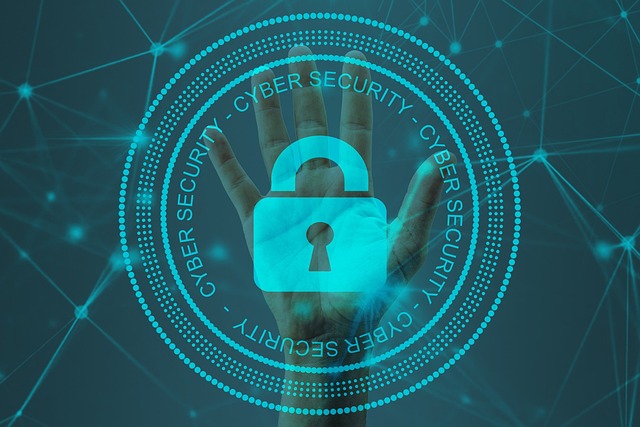As organizations keep more of their customer and business data online, they’re becoming more vulnerable to cybercriminals. Cybersecurity threats can have devastating effects on your business. Besides increased financial damages, there’s a risk of significant operation interruptions that can lead to loss of revenue.
Cybercriminals can cripple your organization’s normal activities by installing malicious codes on servers to block access to your business website or by other means. Cyberattacks can damage your brand’s reputation, leading to loss of customers. Discussed below are four tips for reducing cybersecurity risk for your business.
1. Focus on vulnerability management
Vulnerability management involves a proactive, continuous, and usually automated procedure that protects your networks, computer systems, and enterprise applications from data breaches and cyberattacks. It secures your network from known exploitations while ensuring it remains compliant with regulatory requirements.
Vulnerability management achieves this by assessing your network for missed updates, incompatibilities, and weaknesses in your software. It enables you to respond to threats quickly before things escalate. Vulnerability management helps build a reporting and tracking system. With the help of a vulnerability management system, you can detect vulnerabilities and use various procedures to remediate them.
2. Implement network access controls
Network access controls are a security approach that restricts access to sensitive resources and private networks. It imposes codes on endpoints to ascertain that only compliant and authorized devices and users can join the network. Network access controls enhance cybersecurity by safeguarding businesses from:
- Ransomware
- Malware
- Unwarranted access to sensitive data
These solutions improve your network’s overall security by developing access policies that allow user identity and device verification and authorization. This prevents unauthorized access. Implementing network access control solutions leads to:
- More network visibility
- Improved cybersecurity
- Effective regulatory compliance
3. Organize regular employee cybersecurity awareness training
Cybersecurity awareness training educates your staff on different potential cyber risks they can come across and how they can identify and be cautious about them, helping safeguard your organization’s data privacy. The training’s primary objective is to help employees understand possible cybersecurity threats and the measures they can implement to protect themselves and the company against data breaches and cyberattacks.
Since employees are usually a weak link in a business’s security structure, cybercriminals often target unsuspecting individuals using social engineering tactics or phishing emails. Training them on how to identify these techniques and address them appropriately can help your business reduce the possibility of a successful cyberattack.
4. Leverage data encryption
Data encryption involves encoding data so it stays inaccessible or hidden from unauthorized users. This helps safeguard sensitive and private data. Encrypting company data protects the communications between servers and client applications.
It makes it almost impossible for unauthorized individuals, including cybercriminals, to misuse or steal the information. This is because only those with the encryption key decode the protected data. There are two types of data encryption you can leverage, including:
- Encryption in transit: It involves encrypting information when it’s being moved over a network between systems or devices
- Encryption at rest: It’s encryption for information when it’s being stored in a system or device like cloud storage or a hard disc
Endnote
Cybersecurity threats can cripple your business and lead to reputational damage and significant financial losses. Use these tips to reduce cybersecurity risk for your business.

